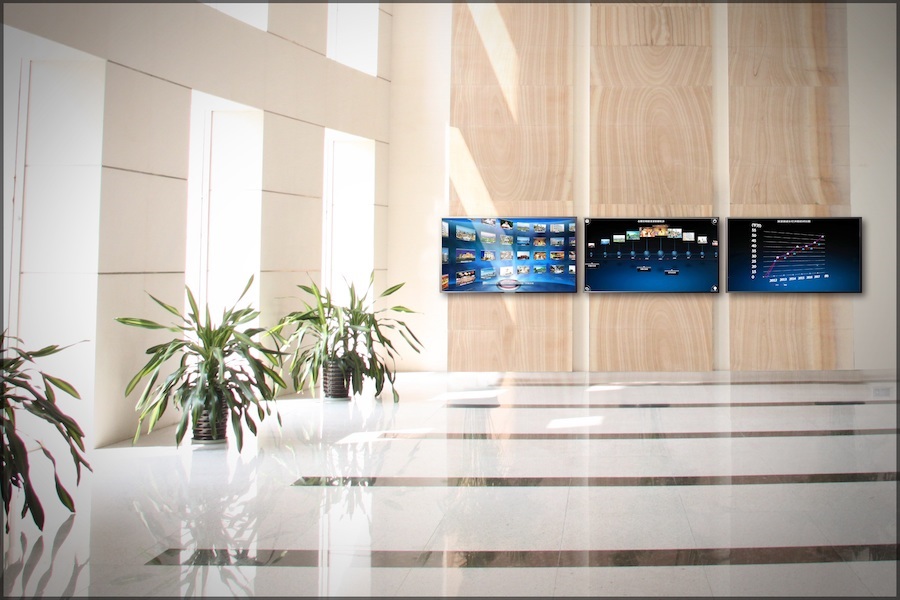Exploring The Way Resolution Affects the Functionality and Visual Caliber of LED Walls in Contemporary Display Technology
Exploring The Way Resolution Affects the Functionality and Visual Caliber of LED Walls in Contemporary Display Technology
Blog Article
LED walls are growing increasingly popular in different settings, including musical events and athletic competitions to business presentations and art installations. One of the key important elements that influence the performance and image clarity of these screens is resolution. Image resolution refers to the number of picture elements that compose the image on the screen. Increased image clarity indicates more pixels, which can lead to sharper and crisper visuals. Grasping how resolution affects LED walls can help users make knowledgeable choices about their display needs.
When discussing resolution, it is essential to consider pixel pitch, which is the distance between the midpoint of one pixel to the center of the next picture element. A reduced picture spacing results in a greater image clarity, enabling additional detail in the images displayed. For example, an LED wall with a pixel spacing of 1.5mm will offer a sharper image than one with a pixel pitch of 3mm. This is especially crucial in environments where audiences are near to the display, such as in a small venue or a exhibition event booth. In these cases, a greater image clarity can significantly enhance the viewing quality.
Another factor of image clarity is its effect on color accuracy and brightness. LED screens with greater image clarity often have superior hue rendering, meaning that the colors shown are increasingly lively and true to life. This is essential for uses like advertising, where the goal is to capture interest and convey a concept efficiently. Additionally, higher resolution displays can maintain luminosity levels even when seen from various angles. This is important in big locations where audiences may be positioned at different ranges and angles from the screen.
The performance of LED screens is also affected by image clarity in terms of update frequencies and reaction durations. A greater resolution display can support quicker refresh rates, which is essential for dynamic content such as videos and animations. This means that the images on the screen will appear more fluid and increasingly fluid, enhancing the overall observing quality. In comparison, reduced resolution screens may have difficulty with dynamic content, leading to blurriness or lag. Therefore, for events that rely on dynamic images, selecting a screen with a appropriate image clarity is vital.
In summary, resolution plays a vital role in original site determining the functionality and visual quality of LED walls. Factors such as pixel pitch, color accuracy, brightness, update rates, and reaction durations all contribute to how effectively a display can convey data and capture audiences. As advancements continues to progress, understanding these elements will help users select the right LED wall for their particular needs, ensuring that they achieve the best potential results in their presentations and events.